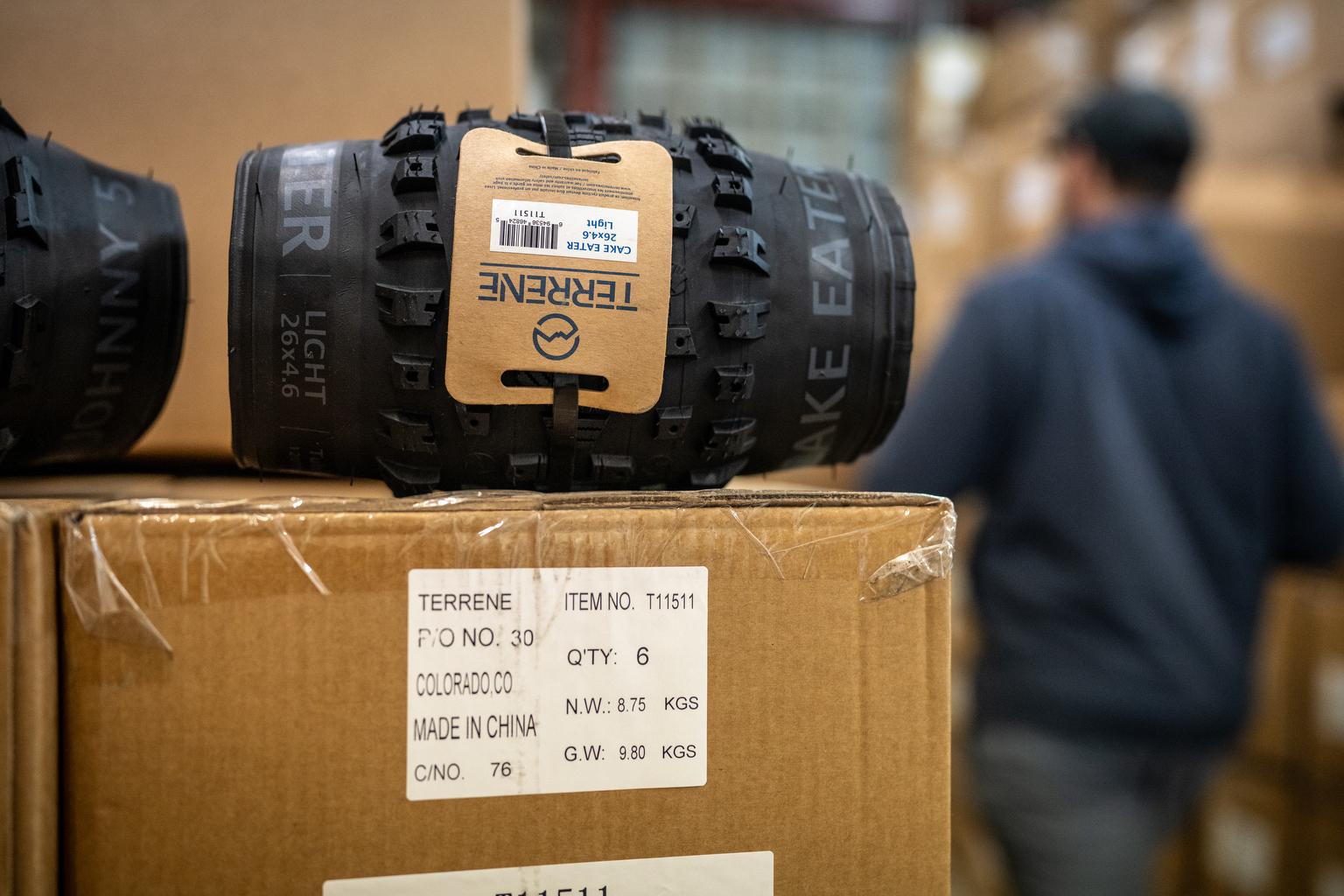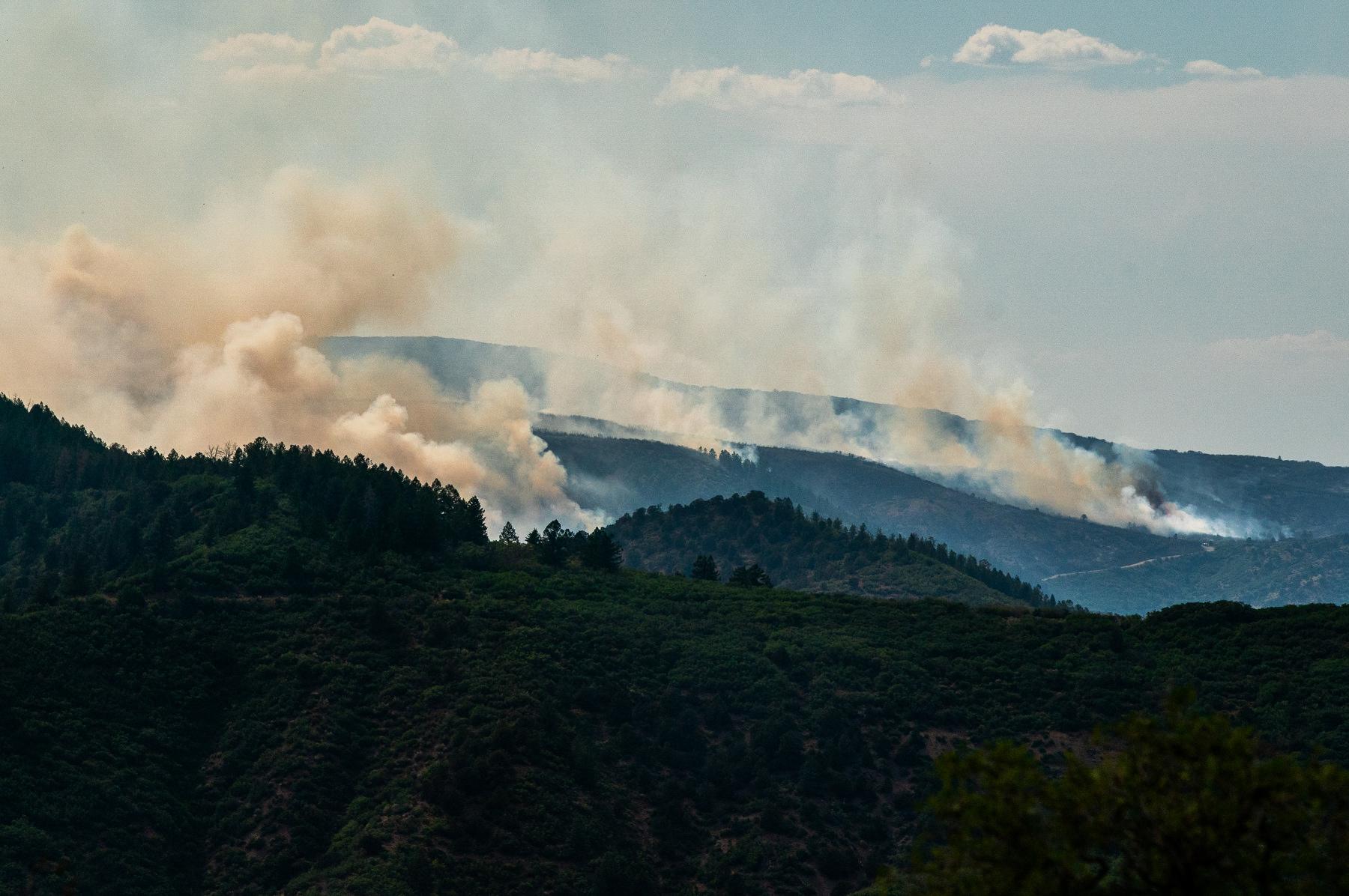
This week on Looking Up... meet Alphard, a giant orange sun that seems to have lost its partner but gained a lot of barium in the process.
In earlier episodes, we’ve talked about the bright stars that make up the winter night sky here in southern Colorado. We’ve talked about the very bright Sirius, and the only slightly less bright Procyon, Castor, Pollux, and so on. Today, I want to tell you about a very interesting star that is a bit farther to the east, forming a triangle, laying on its side, with Sirius and Procyon, the weird orange star Alphard.
About 175 ly away, Alphard is about 40 times bigger than our Sun, and is about 400 times brighter. It seems to oscillate weirdly, with what might be called earthquakes, I mean star quakes.
But what makes this star really weird is that astronomers have determined that Alphard has way too much barium in it. This happens when neutrons are slowly captured, and this only happens in binary systems, with two stars. But guess what is missing? Alphard has no partner star. It’s gone. Astronomers think there must have been a massive companion that has burned out and is no longer visible. But while it was there, it shed its nuclear fusion debris onto Alphard. Hence, the way too-much barium. So if doctors ever run out of barium for, you know, I have an idea on where they could get more.

If you’d like to take a closer look at Alphard or any of the other wonderful and amazing things in the sky, please visit csastro.org for a link to information on our monthly meetings and our free public star parties.








